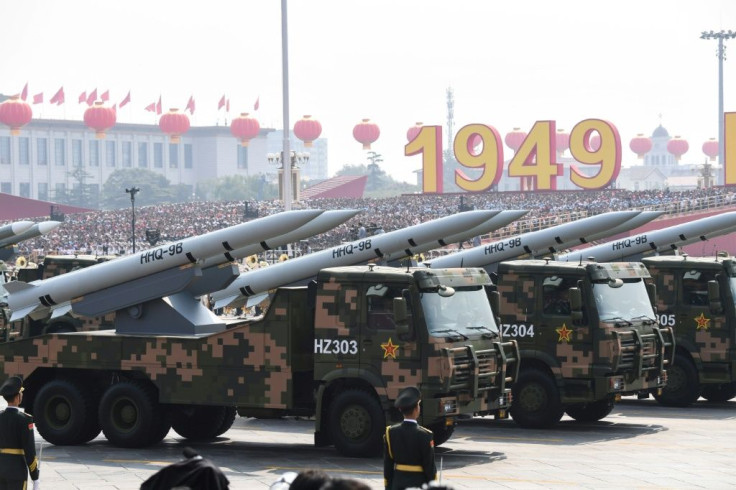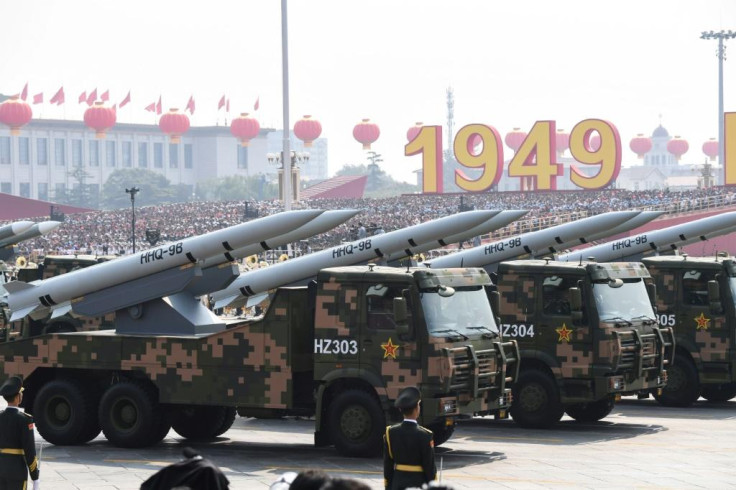China's Hypersonic Nuke Test Has 'Serious Implications': US Strategic Command Chief

Amid Russia's devastating invasion of Ukraine, the United States has been increasingly getting wary about China's nuclear missiles develepment in the western region. The head of U.S. Strategic command is scheduled to discuss China's “breathtaking expansion” of its strategic and nuclear arsenal with lawmakers at a closed-door hearing Tuesday.
China has made it amply clear that it would not turn its back on Russia. Admiral Charles Richard claimed that China's "robust" nuclear missiles development is a huge threat to Washington as the intercontinentall ballistic missile-launched hypersonic glide vehicle has the capability of reaching the U.S. mainland. Beijing tested the weapon last July.
Beijing's first test of the missile system is a “technological achievement with serious implications for strategic stability,” Admiral Charles Richard wrote in prepared testimony, according to Bloomberg. It was "the greatest distance and longest flight time of any land attack weapon system of any nation to date.”
At the time of testing, the hypersonic vehicle flew 25,000 miles for more than 100 minutes, Richard wrote in the testimony. He said that China and Russia “can unilaterally escalate a conflict to any level of violence, in any domain, worldwide, with any instrument of national power, and at any time. The U.S. armed forces no longer have the luxury of assuming the risk is always low, particularly during a crisis."
It is believed that nearly 120 missile silos are place in each field in Beijing's weapon-active area. As China continues to build its hypersonic and directed energy weapons technology, the United States sees the action as Beijing's way of preparing itself for any possible threat from the West.

Photo: AFP / GREG BAKER
Amid the concerns of threat from Russia and China, a CNN report on Monday claimed that the United States tested a hypersonic missile in mid-March but did not make the news of its mission public. According to an unnamed defense official, who is said to be close to the matter, Washinton decided to remain silent about the hypersonic missile testing over the escalating tensions with Russia. The test also coincided with President Joe Biden's travel to Europe where he discussed the Ukraine crisis.
The Hypersonic Air-breathing Weapon Concept (HAWC) was launched from a B-52 bomber off the west coast, the official said, adding that its range was above 65,000 feet with a travel distanced of more than 300 miles. The missile test is also the the country's first successful test of the Lockheed Martin version of the system.
Russia also recently claimed to have used its own hypersonic missile during its invasion of Ukraine which began February 24.





















